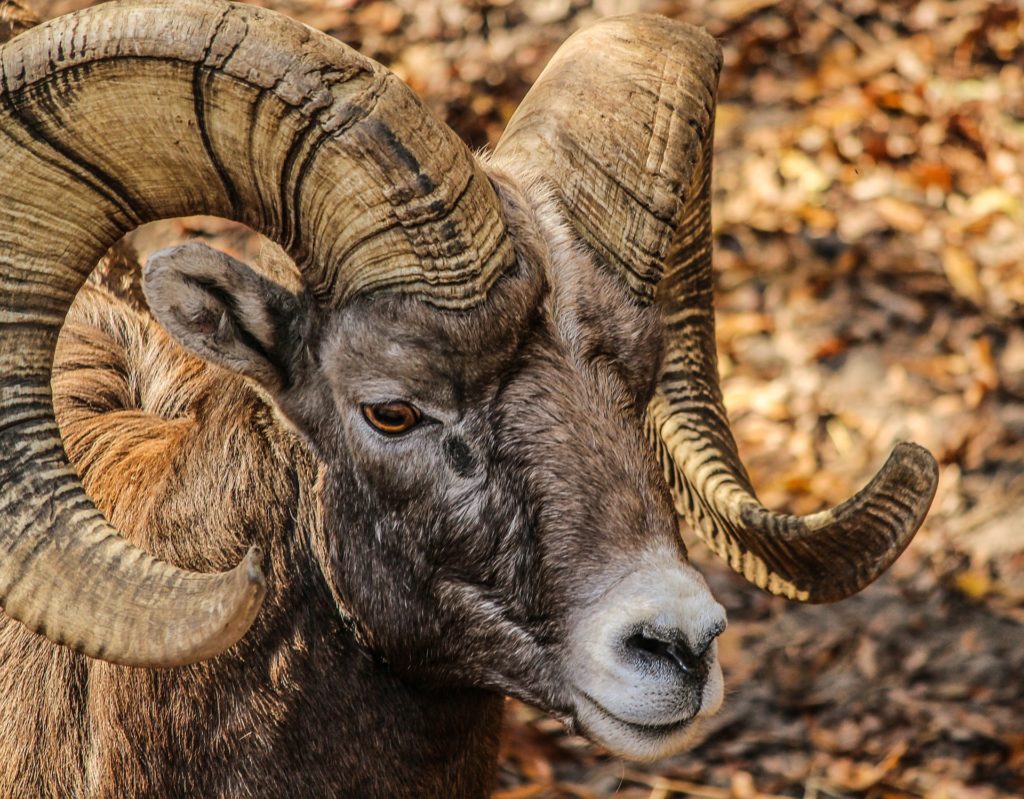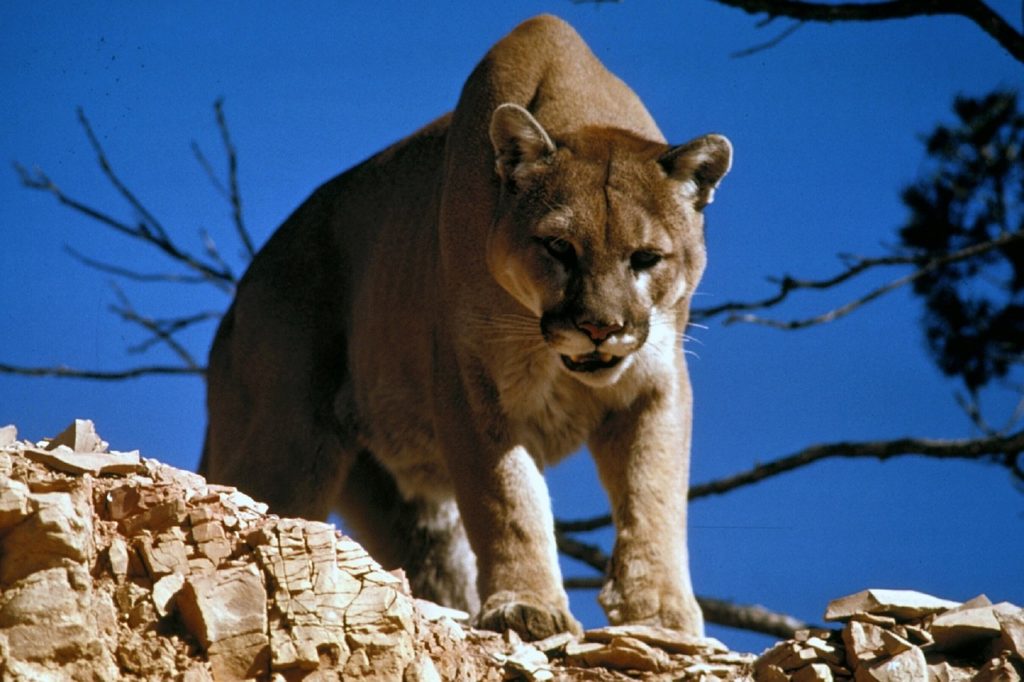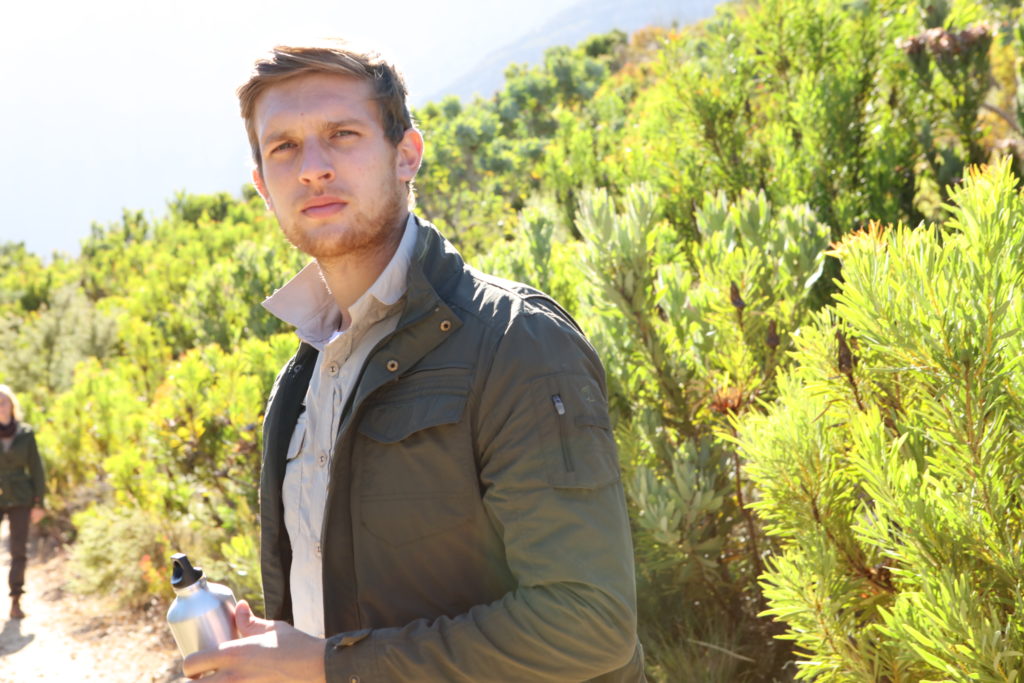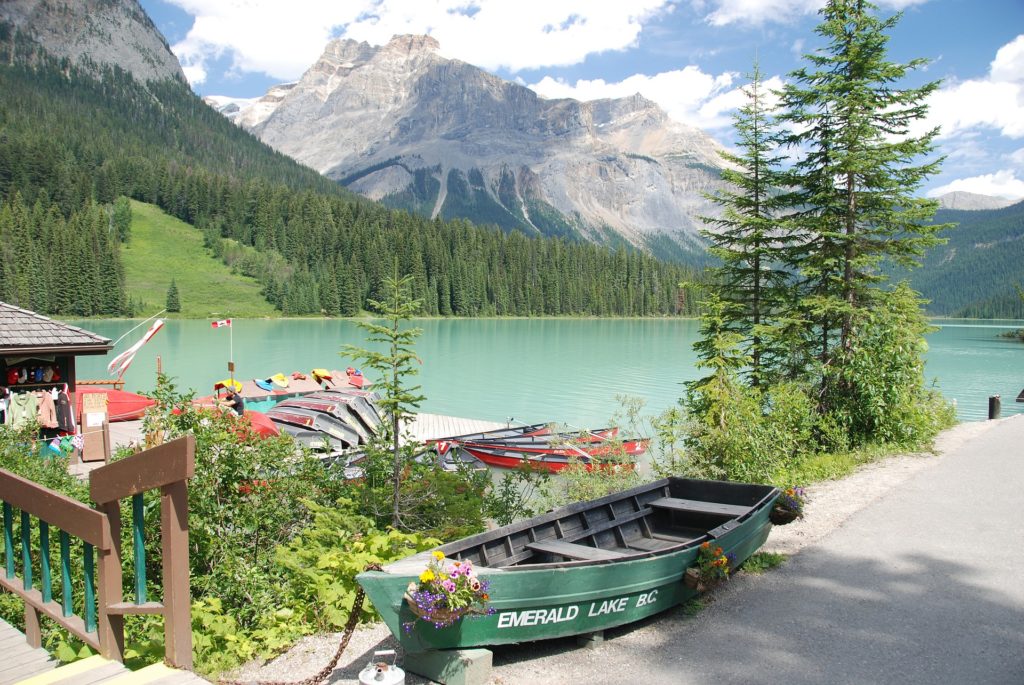8 Facts About The Rocky Mountain Region The Guidebooks Won’t Tell You
Touching Canada and Alaska, stretching across the vast states of Idaho and Montana, before travelling southward to New Mexico, the Rocky Mountains are just one of America’s naturally occurring adventure playgrounds. And for those who love to explore the path less travelled, the Rockies are a great place to start an outdoor foray in the United States.
To help you plan your trip, here are our top 8 facts about the Rocky Mountain region that will get you excited about exploring the unique terrain.
8 Rocky Mountains Facts To Kick Start Your Trip
1. Bighorn sheep are the Rockies’ mascot
The Rocky Mountain National Park is home to approximately 400 bighorn sheep – the largest wild sheep found in North America. Due to their presence in the Rockies, they’ve become known as the National Park’s symbol. Keep your eyes peeled for them in May and June. That’s when you’re most likely to catch a glimpse of them.

2. The Rockies are a vast wilderness
A whopping 250,000 acres of land in the Rocky Mountains region is now known as wilderness. In 2009, congress designated this area as wilderness to protect its natural beauty. If you’re keen to explore the “wilderness”, the National Parks impose a strict Leave-No-Trace policy, so make sure you pack light and remove any trace of your being there.
3. You don’t have to leave your car to reach dizzying heights
The Trail Ridge Road reaches heights of up to 12,183 feet, with 11 miles of the road siting just above the treeline. Trail Ridge road is a 48 mile stretch of road between Estes Park and Grand Lake – a must-see on your Rocky National Park trip.
4. It’s a wildlife paradise!
Think of yourself as the next David Attenborough? If wildlife and nature photography is your thing, one of the best things to do in the Rocky Mountains National Park is stake out the creatures that roam the wilderness. Think moose, elk, deer, cougars, and bears in certain parts of woodland (not forgetting the bighorn sheep). Plus, more than 280 different species of bird that circle the region.

5. It’s climate ranges from tundra to desert heat
With such varying landscapes spread across the Rocky Mountain region, one of the best things to do in Rocky Mountain National Park is to make sure you come back! The micro-climates you can expect to experience – depending on the area and the time of year that you visit – can jump from glacial, to alpine, right through to dry desert heat.
In fact, the highest ever recorded temperature was 35°C while the lowest recorded temperature was -39°C.
Remember to pack appropriately for the area you’ll be visiting. If you’re planning on exploring the lakes and climbing you’ll need to think about insect protection clothing, as well as insulating fleeces and jackets.

Craghoppers NosiLife insect protection clothing
6. Ever heard an elk bugle?
During autumn, around 300 elk set up camp in the Rockies National Park. It’s at this time of year that the bull elk’s mating call can be heard for miles around. And apparently, it sounds exactly like a bugle. If you can get close enough to a male on your trip, you’ll be able to tell us what a bugle sounds like.
7. It’s where souls reside…
Colorado’s largest body of water, the Grand Lake, is one of the best things to see in the Rocky Mountains. The indigenous Ute tribe named it Spirit Lake. They believed that the souls of the dead resided in the lake’s cold waters. Make sure you visit the lake in the early hours of the morning, and you’ll see exactly why it’s dubbed Spirit Lake.
8. It’s a rambler’s dream!
There are more than 355 miles of hiking trails across Rocky Mountain National Park. For some of the best hiking trails in Rocky Mountain National Park, check out Emerald Lake, Sky Pond, and Mt. Ida.

We hope you enjoyed our Rocky Mountain National Park facts. Don’t forget to tag us in your travel photography on Instagram – use the hashtag #mycraghoppers so we can see which area of the Rockies you chose to explore.

